Invited speakers
Prof. Paul A. Bingham (Materials and Engineering Research Institute Faculty of Science, Technology and Arts Sheffield Hallam University, United Kingdom)
Application of Mössbauer spectroscopy to real-world radioactive waste immobilisation problems

Prof. Paul A. Bingham has over 20 years' experience in his field and has a strong international research group working primarily in glasses, ceramics, energy and waste management. Paul gained a BEng (Hons) degree in Materials Science and Engineering from the University of Sheffield in 1995. He then pursued PhD studies, also at the University of Sheffield, on the topic of glass science and technology, and was awarded his PhD in 2000. In 1999 he joined Glass Technology Services Ltd as a Glass Technologist and was promoted to Senior Glass Technologist in 2002. In this role, Paul carried out industrially-focused R&D and problem-solving. In 2004 Paul returned to academia, joining the Immobilisation Science Laboratory (ISL) at the University of Sheffield. In this role, he worked on glasses and ceramics for the safe immobilisation of radioactive and toxic wastes, and also on energy-friendly materials development and waste management. Prof. Bingham joined Sheffield Hallam University in January 2012.
To date Prof. Bingham has published well over 100 research papers, articles and patent applications in the fields of glasses; glass-ceramics; energy and the environment; waste management and radioactive and toxic waste treatment; advanced spectroscopy; and manufacturing technologies. He currently holds a number of active research grants and is Director of Studies for several PhD students and line manages several postdoctoral researchers, visiting academics and interns.
Prof. Bingham is a Fellow of the Society of Glass Technology and is Secretary of its Basic Science and Technology Committee. He is a Fellow of the Higher Education Academy and is a reviewer for over 10 international journals, the US DoE Nuclear Energy Universities Programme and EU H2020 funding bids. Paul sits on several international and national committees. He is a member of the International Commission on Glass Technical Committee 5: Waste Vitrification and the RAL-ISIS Neutron User Committee. He has organised multiple conferences and has given many Invited Presentations at international conferences, and actively engages with the international academic and industrial communities.
Prof. Karen Edilma García Tellez (Institute of Chemistry, University of Antioquia, Medellín, Colombia)
Use of iron oxyhydroxides as water decontaminants: the case of akaganeite
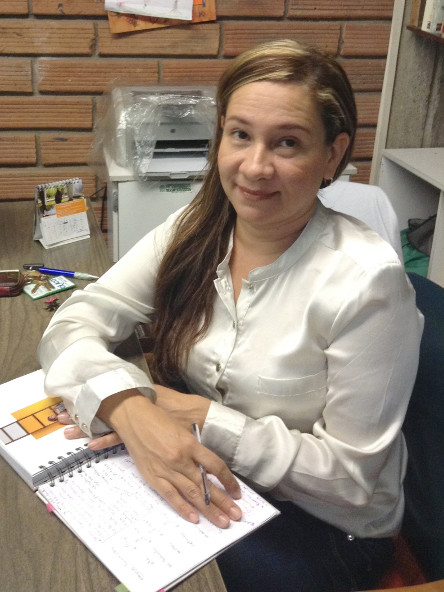
Prof. Karen E. Garcia got a degree in Chemistry and Biology at University of Valle (Cali-Colombia), M.Sc. in Pharmaceutical Sciences at University of Ghent (Ghent-Belgium) and Ph.D in Chemical Sciences at University of Antioquia (Medellin-Colombia). Currently, she is Full-Time Professor at University of Antioquia and belongs to the Solid State Research Group. The research topics are focused on synthesis and physico-chemical characterization of nano-materials, corrosion science, and mechano-chemical and solid-state syntheses. She currently works in heavy metal water decontamination using iron oxyhydroxide nanoparticles and studies related to malaria disease.
She has done several research internships and has had collaborations with groups from Argentina, Brazil, France, Japan and the United States.
Under her tutoring and co-tutoring, she has graduated several students at undergraduate and postgraduate levels through interdisciplinary collaborations in physics, engineering and chemistry.
◼ Prof. Karen E. García's ResearchGate page.
Prof. Yann Garcia (Université catholique de Louvain, Belgium)
Smart sensors for civil security applications

Prof. Yann Garcia (UCLouvain, Belgium) co-authored more than 270 papers, with 17 cover pages of leading chemistry journals, including several book chapters and reviews in inorganic chemistry as well as a book on the applications of Mössbauer spectroscopy in chemistry. He is IBAME Vice chair (www.ibame.org), associate editor of the Mössbauer Effect Reference Data Journal (MERDJ) and GFSM president (www.gfsm.fr). His research focuses on the development of smart sensors based on spin crossover materials, for civil security applications, thanks to the invaluable input of Mössbauer spectroscopy.
Prof. Vijayendra Kumar Garg (Universidade de Brasilia)
Magnetic nano-particles and their (industrial) applications
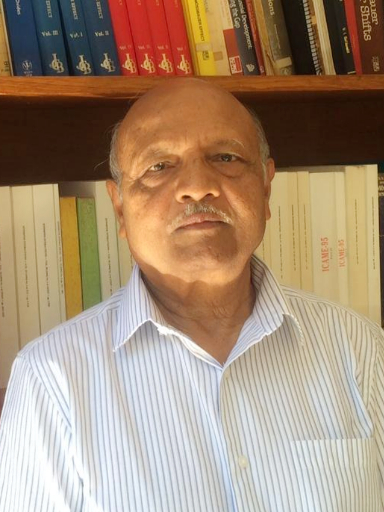
Earned his Ph.D. in Condensed Matter Physics – "Mössbauer Investigation of Hyperfine Interactions in Crystalline Iron Compounds and Iron Complexes", thesis supervisor Professor Satya Pal Puri from Indian Institute of Technology (IIT-R) (1971). Joined in June 1972 Physics department of University of Brasilia, and later in 1977 Federal University of Espirito Santo, Vitoria, ES, Brazil, and returned to University of Brasilia in 1993. Retired in September 2001. Since 2001 honorary Senior Researcher at the University of Brasilia. Received limited financial support for research, have been a researcher of CNPq PQ 1C / 1B (1976–1999). From 1969 till to date has published, on average, more than 4 research papers without any interruption year, have individual, collaborative research with Brazilian and international researchers. Have participated or collaborated on development of dozens of master's and doctoral thesis in Mössbauer spectroscopy. Established experimental laboratory of Mössbauer spectroscopy at Federal University of Espirito Santo, (research grant – CNPq), CVRD (Vitória, ES) UnB (research grant – FAPDF), CVRD (Belo Horizonte). Responsible for Mössbauer spectroscopy laboratory of the University of Brasilia and - has maintained that laboratory be always open to any researcher of Brazil for measurements. Have almost 50 years of experience in experimental physics, design and maintenance of scientific instrumentation, have interests in technology development for the benefits of people, scientific instrumentation and services, Studied diverse topics (https://orcid.org/0000-0003-1213-3583). In recent past efforts were made on kinetic study of the release of assisted drug.
◼ Prof. Shiro Kubuki's ResearchGate page.
◼ https://researchmap.jp
Prof. Karoly Lazár (Institute of Isotopes, Budapest, Hungary)
Mössbauer spectroscopy of industrial catalysts
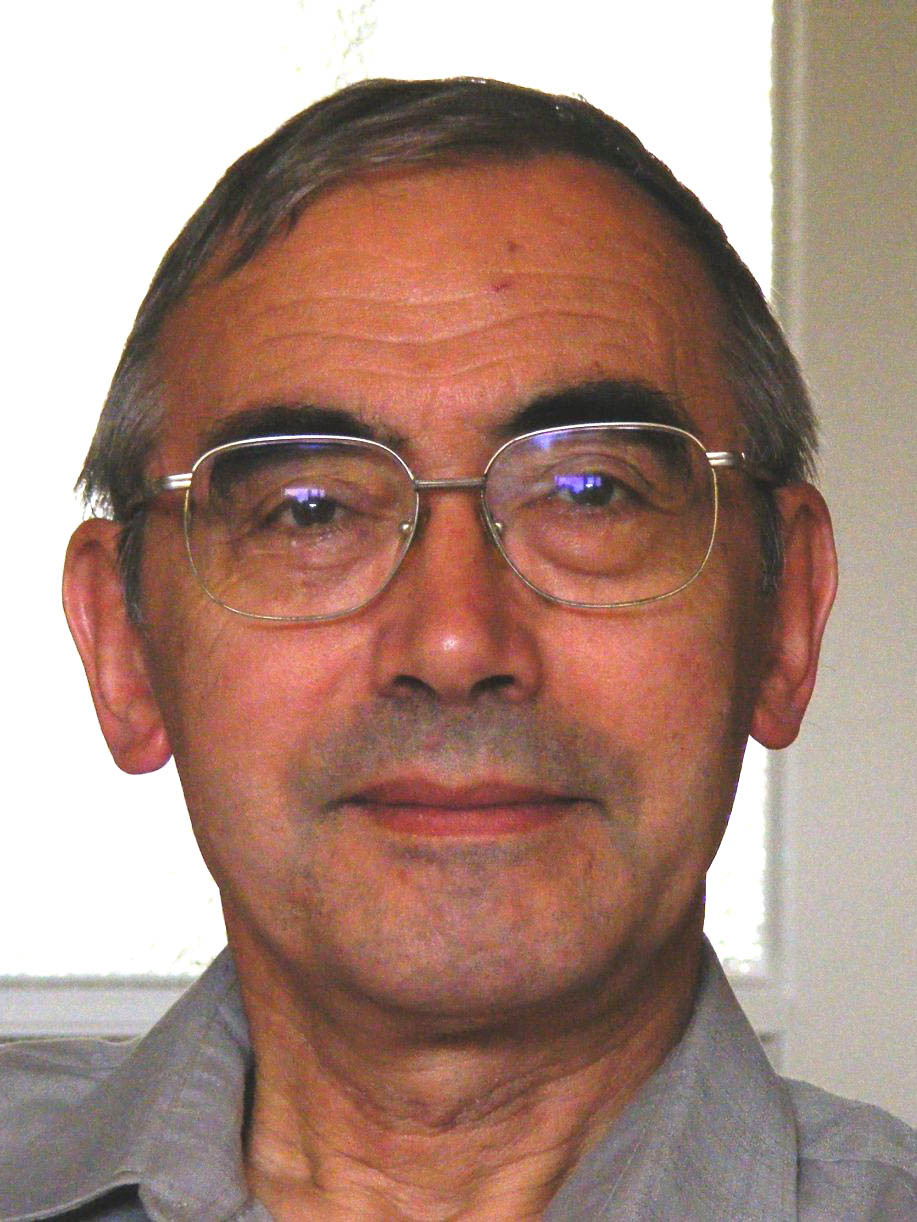
Prof. Karoly Lazár is a professor emeritus at the Centre of Energy Research, Hungarian Academy of Sciences, Budapest. He was a leader of several international projects like Cooperation in Science and Technology (with Slovenia, topic: Characterization of iron modified nanoporous silicates, 2006–2009) and national grants, e.g. Extension of the in beam Mössbauer facility for low-temperature measurements (2010–2013). He was nad is a member of IBAME, International Board on the Applications of the Mössbauer Effect (2000–2006) and Mössbauer Century Club (since 2003), Hungarian Zeolite Association, Catalysis Club of Hungary or Committee for Radiochemistry of the Hungarian Academy of Sciences. He organised ISIAME 2008 (International Symposium on the Industrial Applications of the Mössbauer Effect, Budapest, 17–22 August). He is an author and/or co-author of over 190 publications.
Prof. Pierre-Emmanuel Lippens (Institut Charles Gerhardt de Montpellier, University of Montpellier – CNRS, France)
New electrode materials for Li-ion and Na-ion batteries
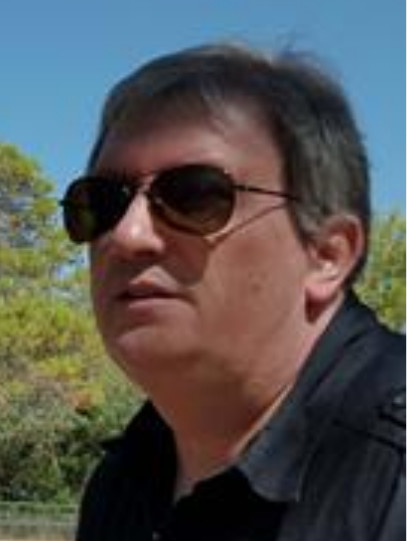
Prof. Pierre-Emmanuel Lippens is a CNRS research director at the Institut Charles Gerhardt de Montpellier (UMR 5253 CNRS-UM-ENSCM, France). His main research activities concernmaterials for energy (catalysis, batteries) including materials characterization,evaluation of performance, study and analysis of materials properties and chemical reactions based on multi-spectroscopic approach and DFT calculations.A particular attention is devoted to the application of Mössbauer spectroscopy to materials science and solid state chemistry. Most of the works have been performed in collaboration with academic and industrial partners (IFP, SAFT, UMICORE, CNES).
Prof. Miroslav Mašláň (Palacký University in Olomouc, Czech Republic)
Mössbauer spectroscopy for additive manufacturing technology
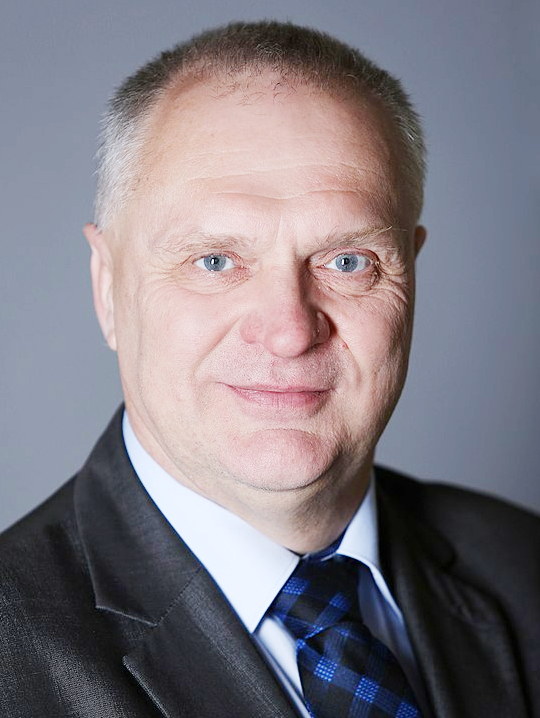
Selective laser melting (SLM) as an additive manufacturing technology enables quick production of complex shaped three-dimensional (3D) specimens directly from a metal powder. The influence of SLM process on the final 3D specimen phase composition can be examined by Mössbauer spectroscopy. The face of components manufactured via the SLM process was investigated using Mössbauer spectroscopy and other methods as scanning electron microscopy, energy-dispersive X-ray spectroscopy, and X-ray powder diffraction.
Research activities: Mössbauer spectroscopy and its application. Synthesis, characterization and application of iron and iron oxide nanoparticles. Cooperation with industry in additive manufacturing technology.
Publication activities: Author or co-author of more than 120 papers in international journals, more than 1777 citations, 19
patents, for example EP2164656(B1), EP2603462(A2).
Prof. Marcel Miglierini (Slovak Technical University, Bratislava, Slovakia)
Metallic alloys in nuclear installations
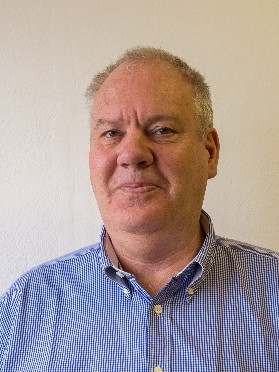
Marcel Miglierini graduated in 1981 from the Slovak University of Technology in Bratislava where he works since then at the Institute of Nuclear and Physical Engineering. In 1995, he has received the Doctor of Science degree and in 1997 was appointed as a full professor in physics of condensed matter at the Slovak University of Technology in Bratislava. Since 2013, he is a full professor at the Czech Technical University in Prague, Czech Republic, too.
In 1990, he was granted the Monbuscho fellowship and has performed an 18-month research at Osaka University in Japan with prof. Saburo Nasu. In 1995, he has obtained a scholarship from the Région du Pays de la Loire and accomplished an 11-month stay at Université du Maine, Le Mans, France with Dr. Jean-Marc Greneche. Further long-term stays abroad comprise a 10-month research in 1998-99 at the Universität Wien, Austria as a visiting scientist (prof. Gero Vogl), 2-month lecture stay in 1992 in Japan and a 2-month stay in 2001 at Georg August Universität Göttingen in Germany as a DAAD fellow (prof. Peter Schaaf).
Major fields of scientific interests include magnetic and structural properties of disordered materials prepared by rapid quenching and/or mechanical grinding (amorphous metallic glasses, quasicrystals, nanocrystals, powder steels) and their hyperfine interactions, structural positions of iron in archaeological, biological, chemical, geological, mineralogical, and metallurgical systems. They are studied predominantly by nuclear spectroscopy methods (Mössbauer, NMR, electron-positron annihilation, gamma spectroscopy), atomic and magnetic field microscopy and by special analytical techniques based on synchrotron radiation.
He has represented Slovakia in the International Board on the Application of the Mössbauer Effect (1998–2019) and in the consortium CENTRALSYNC which ensures access to the synchrotron source in Grenoble for researchers from the Czech Republic, Hungary, and Slovakia (2008–2017). During 2010–2011, 2013–2014, and 2015–2016 he was a chairman of the Steering Committee of this consortium. Since 2003, he is a president of the Slovak Spectroscopic Society.
Prof. Tetsuaki Nishida (Kindai University, Japan)
Industrial applications of highly conductive vanadate glass containing iron(III)
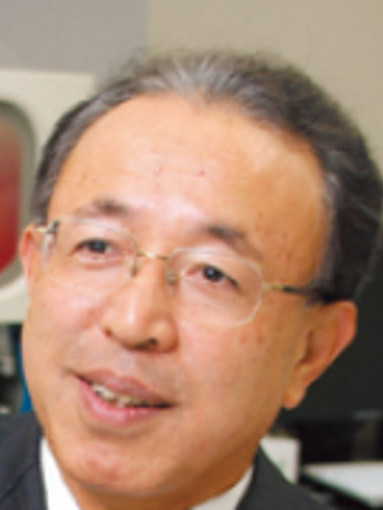
Prof. Tetsuaki Nishida was awarded the PhD degree in 1977 from Kyushu University, Fukuoka, Japan. Pioneering and systematic application of Mӧssbauer spectroscopy to several inorganic glasses yielded a lot of achievements to prove the mutual relationship between composition, local structure, and physical properties of cutting-edge materials such as electrically conductive glass and IR-transmitting glass.
Prof. Nishida was invited to Kindai (Kinki) University, Iizuka, Fukuoka, in 2000 as a head of Laboratory of Environmental Materials Chemistry (LEMC). More than 260 papers and 14 chapters have been published so far. In addition, nearly 40 patents were applied in the fields of highly conductive glass and glass-ceramics, water cleaning/purification materials such as porous ceramics prepared by recycling glass bottle, coal ash, wood ash, bamboo ash, volcanic ash, etc. Acrylamide-based polymer gels proved to be very effective for the cleaning/purification of general and also radioactive waste waters.
After retirement from Kindai University in 2016, Prof. Nishida founded Environmental Materials Institute in Fukuoka. He has published several papers and applied patents as a result of collaboration with Prof. Nobuto Oka, successor of LEMC at Kindai University, and also with Prof. Shiro Kubuki, Tokyo Metropolitan University, who has been a collaborator for the last quarter century since he was a student of Kyushu University in the early 1990’s.
Highly conductive vanadate glasses containing iron(III) have been successfully applied
to plasma discharge material (electric discharge needle and plate), conductive glass
paste for Ag paste, bus-bar electrode for solar battery, cathode active material for LIB,
substrate for hyperfine processing less than 1 μm, etc. The conductive vanadate glass
has also been successfully applied as the catalyst for metal-air battery. At ISIAME2020,
conduction mechanism will be discussed by focusing on the band gap of the glass
components and on the activation energy for conduction.
◼ Prof. Tetsuaki Nishida's ResearchGate page.
◼ researchmap.jp
Prof. Nobuto Oka (Kindai University, Japan)
Application of vanadate glasses containing different metal oxides to rechargeable batteries
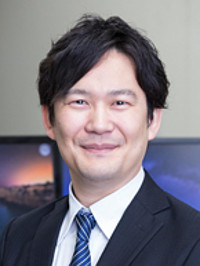
Nobuto Oka's group develops the novel functional materials for decreasing energy usage and environmental load. Mössbauer spectra provide valuable information for our research, such as concerning the local structure constituting the 3D-network of inorganic glasses.
One of the topics is the highly conductive vanadate glasses, which receive a lot of attention recently since they have a lot of industrial applications, such as cathode active material for Li-ion battery, discharge plasma electrode, conductive glass paste for Ag paste, etc. The research group has succeeded to increase their functionalities, such as electrical conductivity and antiweatherability, by utilizing the information from Mössbauer spectra, and to develop the new industrial applications.
Prof. Jiří Pechoušek (Palacký University in Olomouc, Czech Republic)
Nondestructive determination of austenite in steels

Jiří Pechoušek is a member of the Department of Experimental Physics staff. He graduated in the field of Applied Physics with master’s degree in 2001 and in 2006 completed his postgradual study at Palacký University. Jiří Pechoušek was habilitated in 2014 in Applied Physics at Brno University of Technology.
His research activities are focused mainly on the construction of Mössbauer spectrometers and their accessories, development and automatization of measurement processes, and material research. For the last few years he is particularly interested in the utilization of Mössbauer spectrometry in steel industry and cooperation with private sector.
Prof. Jiří Pechoušek's ResearchGate page and
austenitemeter.com page.
Dr. Adrián Quesada (Instituto de Cerámica y Vidrio (ICV), Madrid, Spain)
Developing rare-earth-free permanent magnets
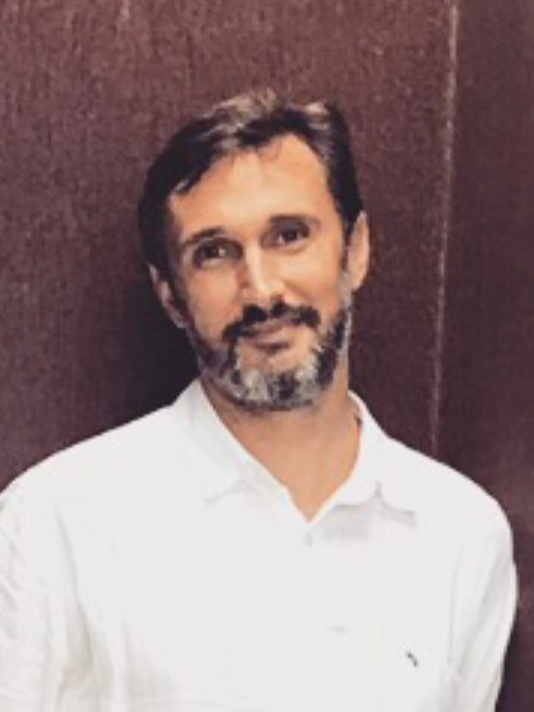
Dr. Adrian Quesada (Spain, 1980) obtained his PhD in 2009 (Cum Laude), at the Institute of Applied Magnetism in Madrid working under the direction of Dr. Miguel Ángel García. He is highly trained in the use of magnetometers (VSM and SQUID), Spin-polarized Low-energy Electron Microscopy (LEEM), X-Ray Magnetic Circular Dichroism and Photoemission Electron Microscopy (PEEM). Adrian went on to a postdoctoral stay at the Lawrence Berkeley National Laboratory, working under the supervision of Dr. Andreas Schmid and being responsible for the Spin-Polarized Low Energy Electron Microscopy (SPLEEM) laboratory which works as a User Facility. He is a regular user of ESRF, BESSY and ALBA synchrotrons. During his postdoc, he focused on the instrumentation associated with LEEM-PEEM microscopes. In December 2011, Adrian joined the Ceramic for Smart Systems Group. Recently, he has been focusing his work on permanent magnets -improving the magnetic properties of ferrites- in the framework of the European project NANOPYME within the FP7 program. He has co-authored 25 ISI publications that have gathered 711 citations yielding an H-index of 11. He is also the co-author of a book chapter and an internationally licensed patent.
Dr. habil. Edyta Tabor (Institute of Physical Chemistry, Prague, Czech Republic)
Mössbauer Spectroscopy As a Crucial Tool For Designing Oxidation Catalysts

Edyta Tabor received her Ph.D. degree at the Jerzy Haber Institute of
Catalysis and Surface Chemistry in Kraków in the field of homogeneous
oxidation catalysis. She held her postdoctoral fellowship at the J. Heyrovský Institute of Physical Chemistry of the CAS in Prague, where
she developed the application of Mössbauer spectroscopy for catalysis.
She gained experience in the Mössbauer measurements and data evaluation
of ion-containing zeolites during her stays at the Institute of Isotopes
in Budapest under the supervison of Prof. K. Lazár, and at the Dalian
Institute of Chemical Physics, Chinese Academy of Sciences under the
supervison of Prof. J. Wang. Currently she helds the position of Deputy
Head in the Department of Structure and Dynamics in Catalysis at the J. Heyrovský Institute of Physical Chemistry of the CAS in Prague. Her research focuses on the spectroscopic studies of zeolite-based
catalysts, mainly on the speciation and activity of metal ion centers
(in situ FTIR and Mössbauer spectroscopies), acid catalysis over
zeolites for hydrocarbon transformations, redox catalysis for N2O
control, and selective oxidation reactions.
Dr. Edyta Tabor's ResearchGate page.
Prof. Junhu Wang (DICP, Dalian, China)
In-situ/operando Mössbauer Spectroscopic Characterizations of Iron-based Electrocatalysts

Prof. Junhu Wang is a professor at Dalian Institute of Chemical Physics (DICP), Chinese Academy of Sciences (CAS), Dalian, China. He received the Ph.D. in inorganic and radiochemistry from Toho University, Japan (2002). He started his scientific career as a research scientist at the Institute for Conservation of Cultural Properties of Dunhuang Academy, China in 1991. He was a guest researcher at Tokyo National University of Fine Arts and Music (1994-1996).
He was also a research fellow at the National Institute for Materials Science (NIMS) and National Institute of Advanced Industrial Science and Technology (AIST), Japan (2002-2004). In 2004 he was appointed as an associate researcher at LSST, Chukyo University and as a senior adviser at the Nonami Science, Japan. He has been Secretary General, Mössbauer Effect Data Center and an editor of Mössbauer Effect Reference and Data Journal (2010-Present).
His current research interests include applications of Mössbauer spectroscopy in chemistry and catalysis, development and characterization of the noble metal nanoparticles, novel nanocomposite functional materials for applications in catalysis, and the development of mini-Mossbauer spectrum observation system for application in space explorations.




